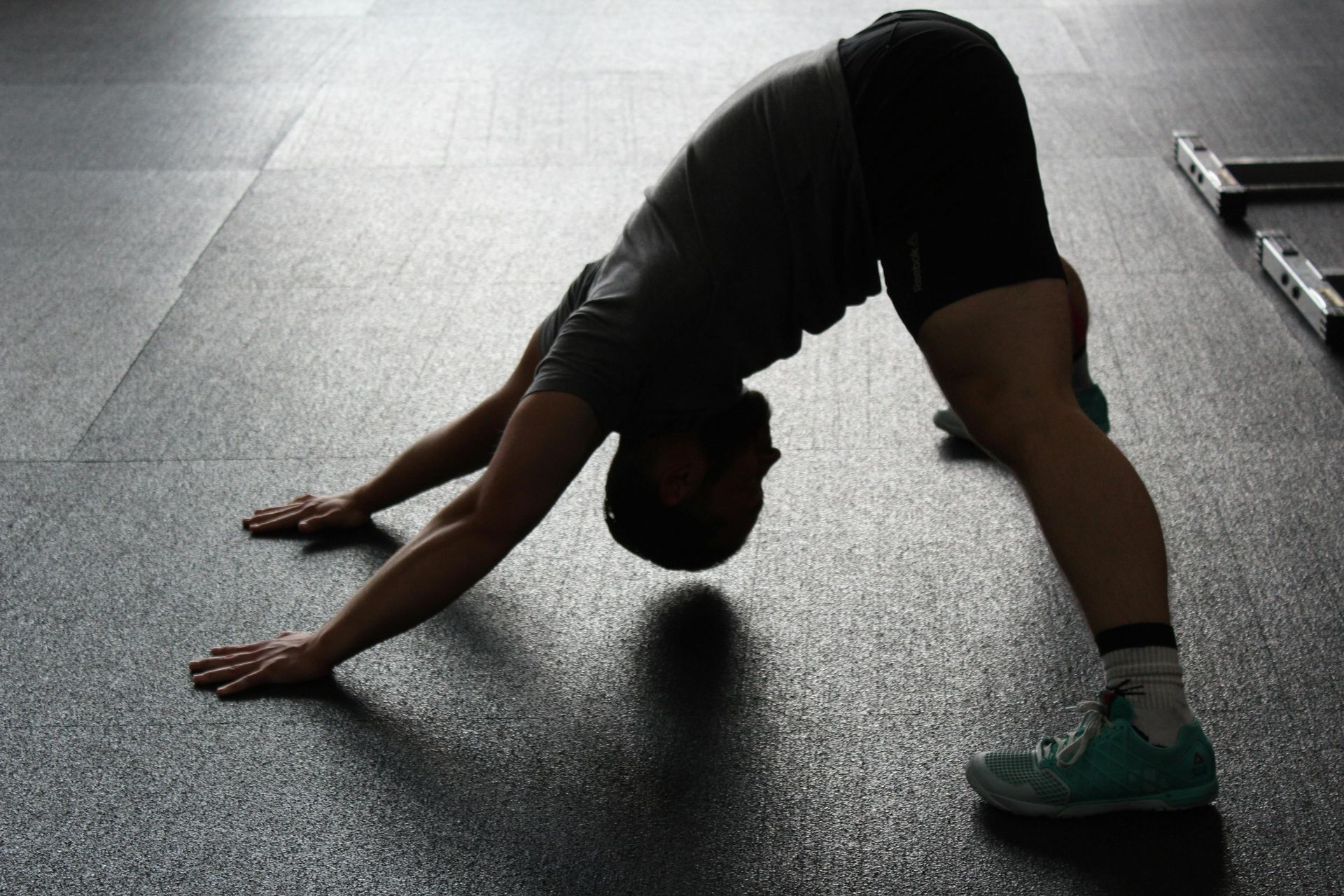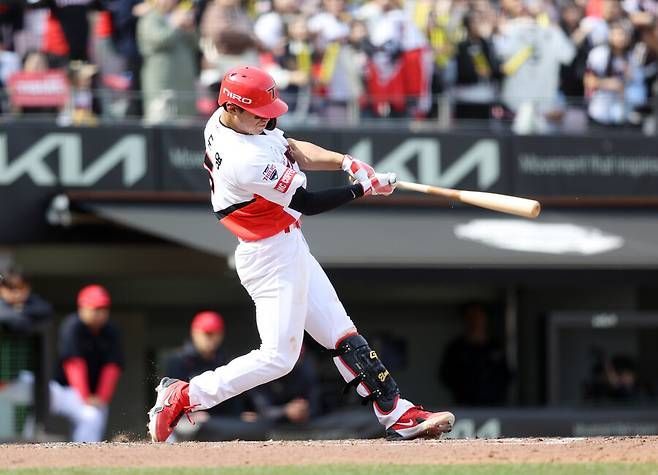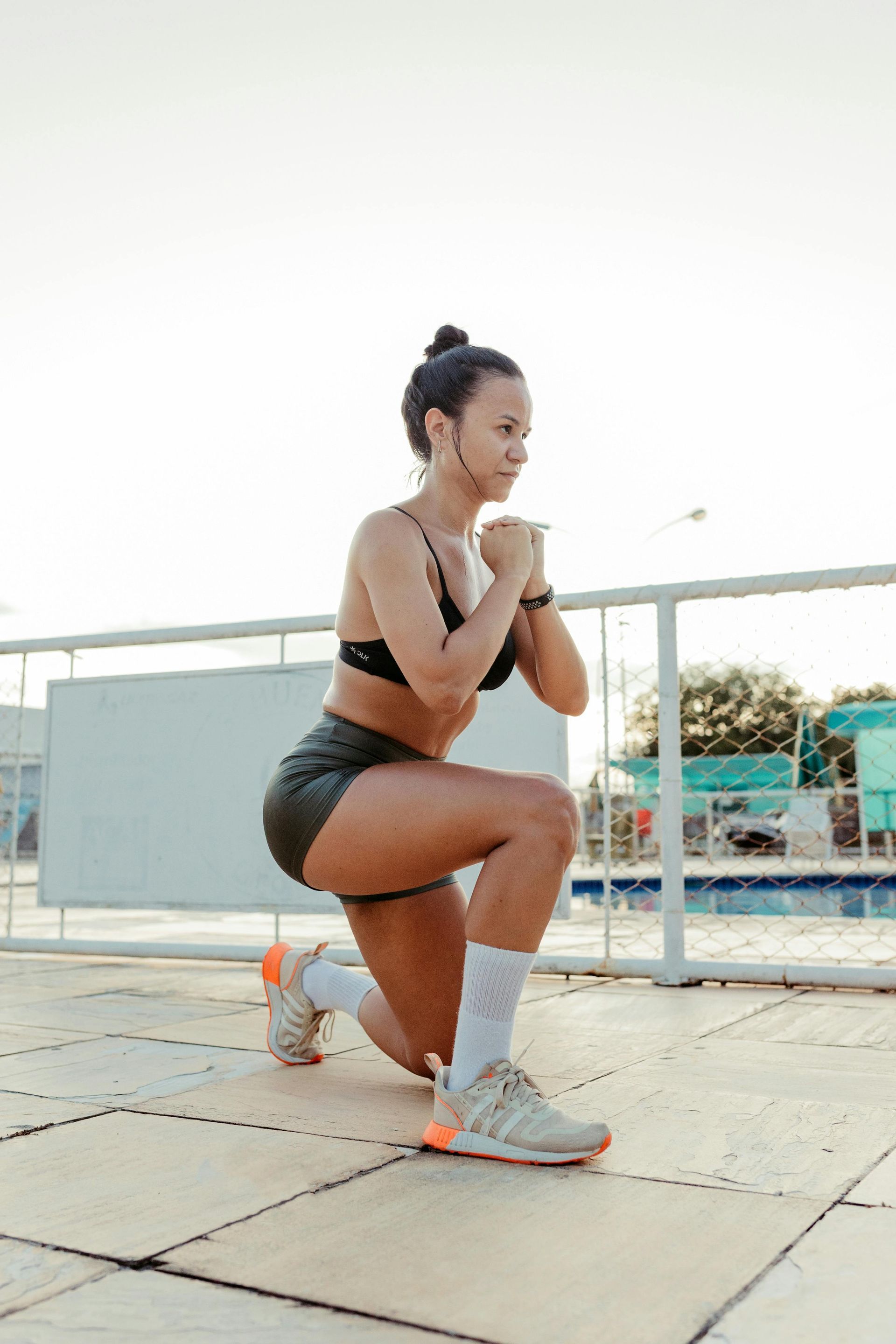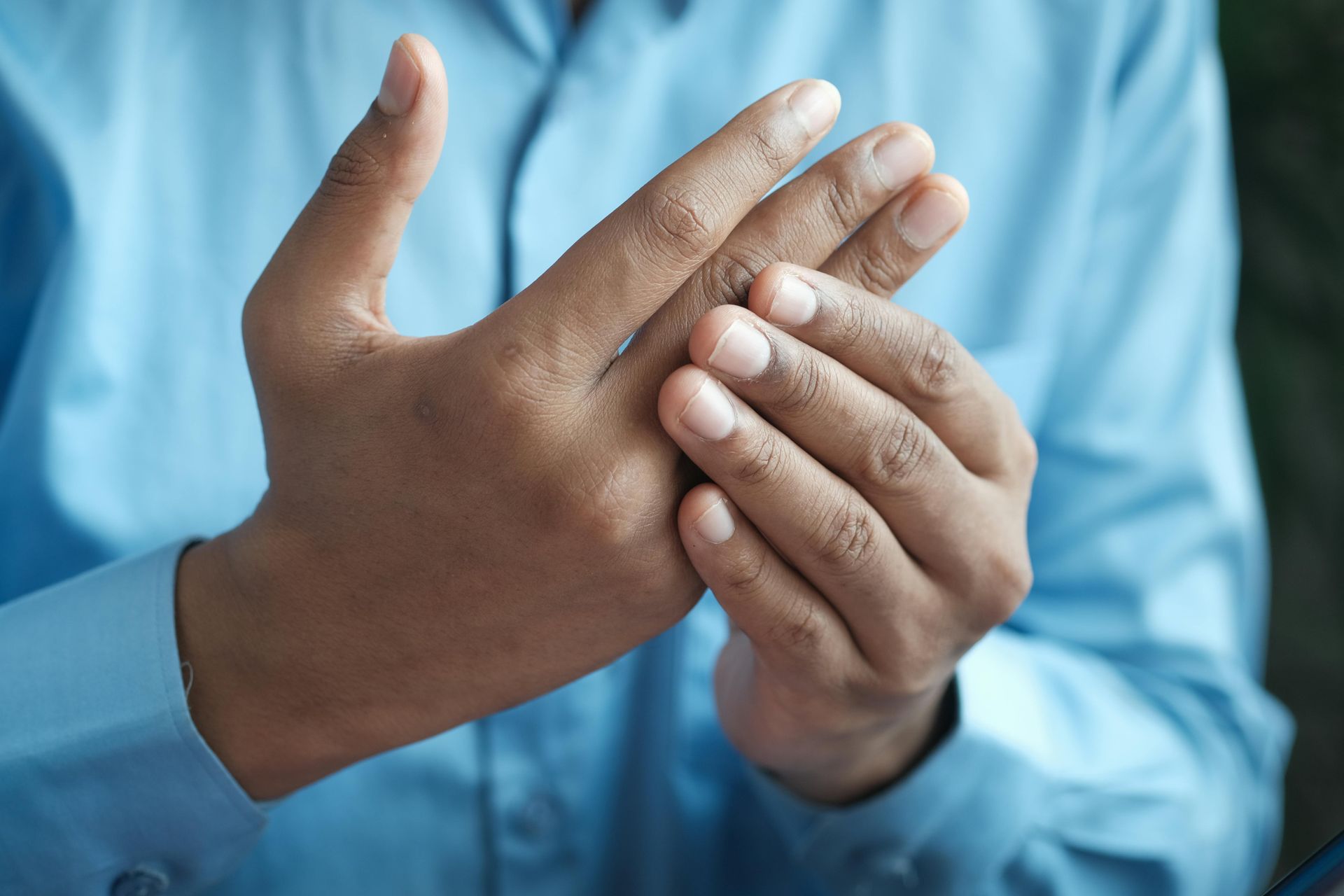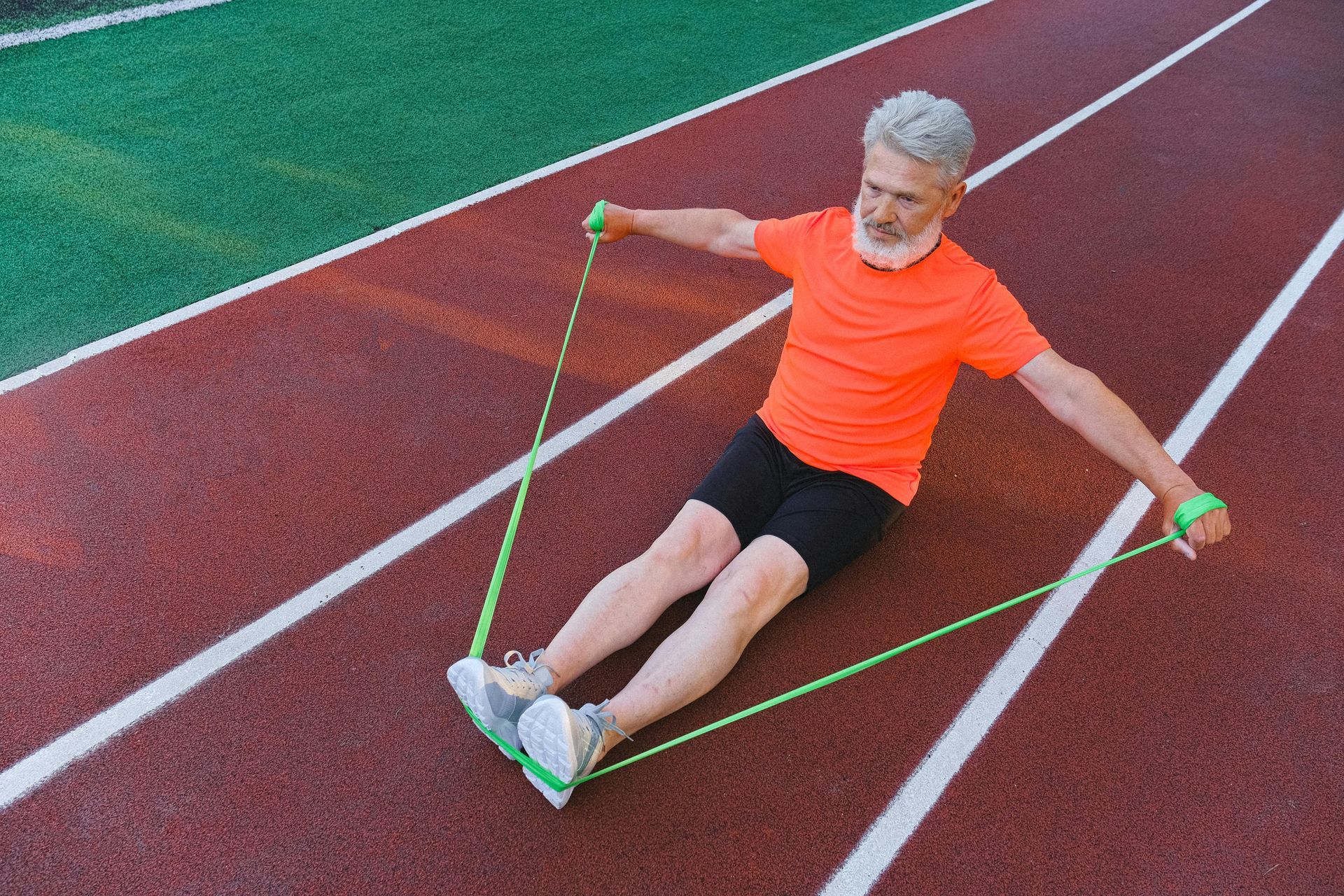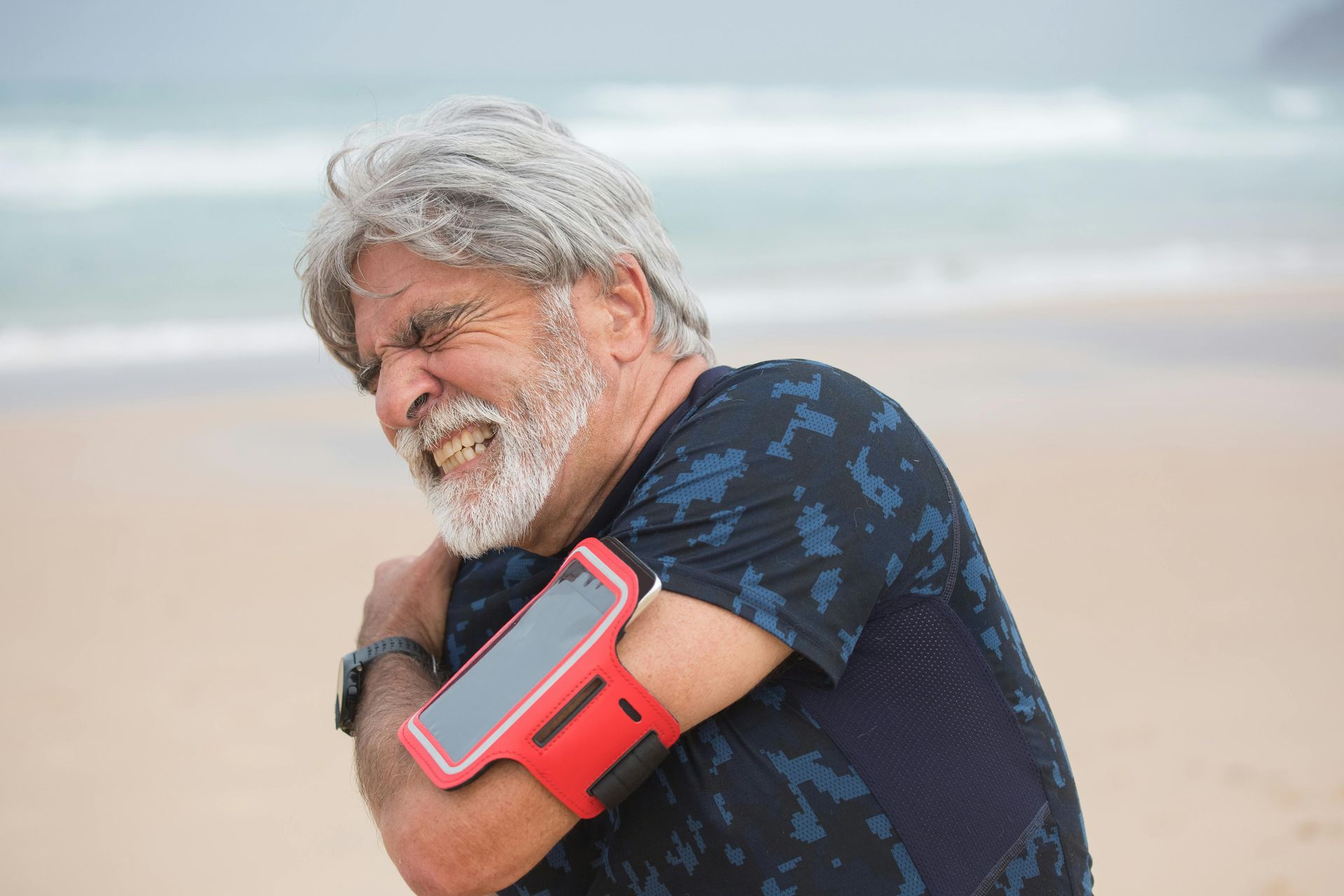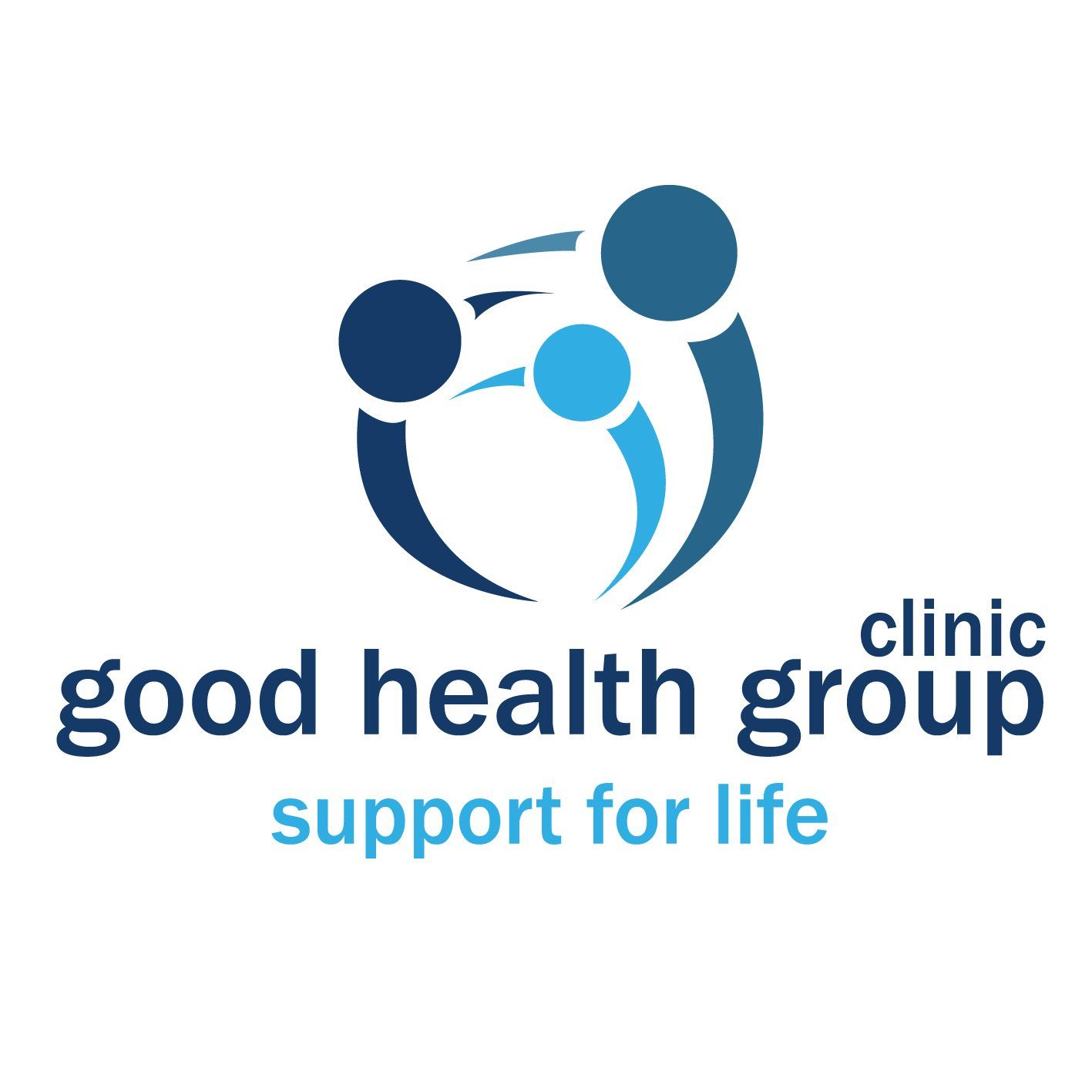Debunking the Detox Myth: What Really Happens During IASTM?
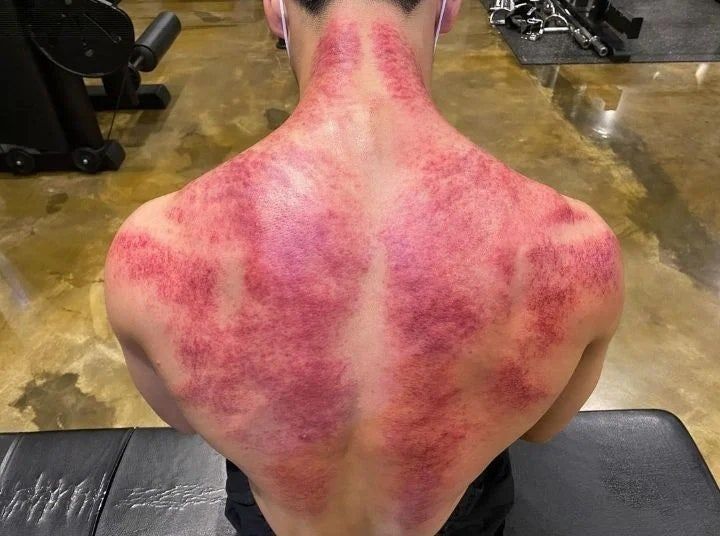
Let me tell you about something weird I saw the other night while scrolling through YouTube. Lately, I’ve been really into watching other therapists work, checking out different approaches on Instagram and YouTube.
Last night, I stumbled across a video on a fitness celebrity’s channel in the U.K. He was getting an IASTM (Instrument-Assisted Soft Tissue Mobilisation, also known as Graston technique) treatment from a sports therapist, and everything seemed normal, until the therapist made a pretty bold claim.
As soon as redness started appearing on the guy’s skin, the therapist confidently said it was because “toxins were coming out.” No explanation, no scientific backing, just a statement that made it sound like IASTM was some kind of detox miracle. And of course, in the comments section, people ate it up, believing it just because the practitioner is a health expert and the channel owner is a well-known fitness personality.
But let’s set the record straight: IASTM is NOT a detox therapy, and there’s no such thing as a manual “detox” treatment.
Why Do People Think IASTM Releases Toxins?
I get it, seeing your skin turn red and splotchy after treatment can make it seem like something is being “pulled out.” But that’s not what’s happening. The redness and marks are actually just natural responses to the pressure and friction of IASTM.
- Redness (hyperemia): This happens because blood flow increases to the treated area.
- Petechiae (small red dots): This is just minor capillary breakage—completely normal.
- Soreness or slight bruising: This is your body reacting to the microtrauma from the tool, which helps stimulate healing.
None of these reactions mean toxins are leaving your body. They’re just signs that the therapy is doing what it’s supposed to do.
The Science Behind IASTM: What’s Really Happening?
IASTM is great for improving mobility, breaking down fascial restrictions, and promoting healing. Here’s what it actually does:
- Enhances blood circulation – More oxygen and nutrients reach the muscles, helping them recover faster.
- Breaks down adhesions – The scraping motion helps loosen up tight fascia and improve flexibility.
- Stimulates the nervous system – Pressure from the tool can reset pain signals and improve muscle function.
- Promotes tissue healing – It creates controlled microtrauma, encouraging the body to rebuild and strengthen the treated area.
What About Detoxing?
Your body already has a built-in detox system, your
liver, kidneys, lungs, and lymphatic system. That’s how toxins are filtered out, not through the skin.
IASTM might boost circulation and lymphatic flow, but that doesn’t mean it’s “removing toxins.” Sweating, redness, and soreness are just your body’s natural responses to the treatment, not proof of detoxification.
Elite Athletes and IASTM

You know who loves IASTM?
Elite and professional athletes. But not because they believe in detox myths—because it actually helps their performance and recovery.
For example:
- LeBron James has been seen using various soft tissue treatments, including IASTM, as part of his recovery regimen.
- Olympic sprinters and endurance athletes rely on IASTM to manage muscle tightness and speed up recovery between training sessions.
- Professional Road Cyclists use soft tissue mobilisation techniques to keep their legs fresh and ready for long races.
These athletes aren’t looking for a detox, they’re looking for better movement, reduced soreness, and improved performance.
How Good Health Group Clinic Can Help
At Good Health Group Clinic, we take a science-based approach to IASTM and other manual therapies. Our experienced therapist, Sam uses IASTM to help clients recover from injuries, improve mobility, and enhance performance, without any misleading detox claims.
How Our Therapists Can Help
Our team of professionals provides
individualised treatment plans based on your needs:
- Myotherapist
Ian Selvarajoo – Specialises in myotherapy and soft tissue therapy, helping clients with muscular tension, postural imbalances, and injury prevention.
- Remedial Massage and Dry Needling Therapist
Sam Noh – Uses a combination of
deep tissue massage, IASTM, and dry needling to relieve muscle tightness and improve movement.
- Chiropractor
Dr. Tanja Nishibata – Focuses on
spinal health and posture, incorporating chiropractic adjustments and rehabilitation exercises to support long-term mobility and recovery.
Whether you’re an athlete looking to enhance performance or someone dealing with chronic muscle tightness, we can help you move better and feel stronger.
Book Your Appointment Today!
Don’t let muscle tightness, pain, or restricted movement hold you back. Experience the benefits of evidence-based soft tissue therapy at
Good Health Group Clinic.
Click below to schedule your appointment and start your journey to better mobility and recovery.
So, What’s the Takeaway?
If you’re getting IASTM for
recovery, mobility, or injury prevention—awesome! It’s a fantastic tool for improving movement and reducing tightness. But if someone tries to sell you
IASTM as a “detox therapy,” just know that it’s a
marketing gimmick.
Post-IASTM Recovery Tips
Want to get the most out of your session? Here’s what we recommend:
- Stay hydrated—helps with circulation and muscle recovery.
- Move gently after treatment—don’t just sit around, keep the blood flowing.
- Apply light stretching—only if your therapist suggests it.
- Avoid excessive heat (like hot baths) right after treatment—your body needs time to adjust.
Final Thoughts
At
Good Health Group Clinic, we focus on
evidence-based treatments to help our clients move better and recover faster. IASTM is an excellent tool for mobility, injury prevention, and overall well-being, but it’s not a detox method.
If you have any questions about soft tissue therapy or want to book a session, reach out to us!
Train smart, recover smarter.
References
- Cheatham SW, Baker R. Instrument Assisted Soft-Tissue Mobilization: A Commentary on Clinical Practice Considerations. International Journal of Sports Physical Therapy, 2016.
- Hammer WI. The Effect of Mechanical Load on Degenerative Tendinopathy. Journal of Bodywork and Movement Therapies, 2008.
- Sevier TL, Stegink-Jansen CW. Therapeutic Uses of IASTM for Myofascial Dysfunction. Journal of Orthopaedic & Sports Physical Therapy, 2015.
- Schleip R, Müller DG. Training Principles for Fascial Connective Tissues: Scientific Foundations and Suggested Practical Applications. Journal of Bodywork and Movement Therapies, 2013.
Blogs


